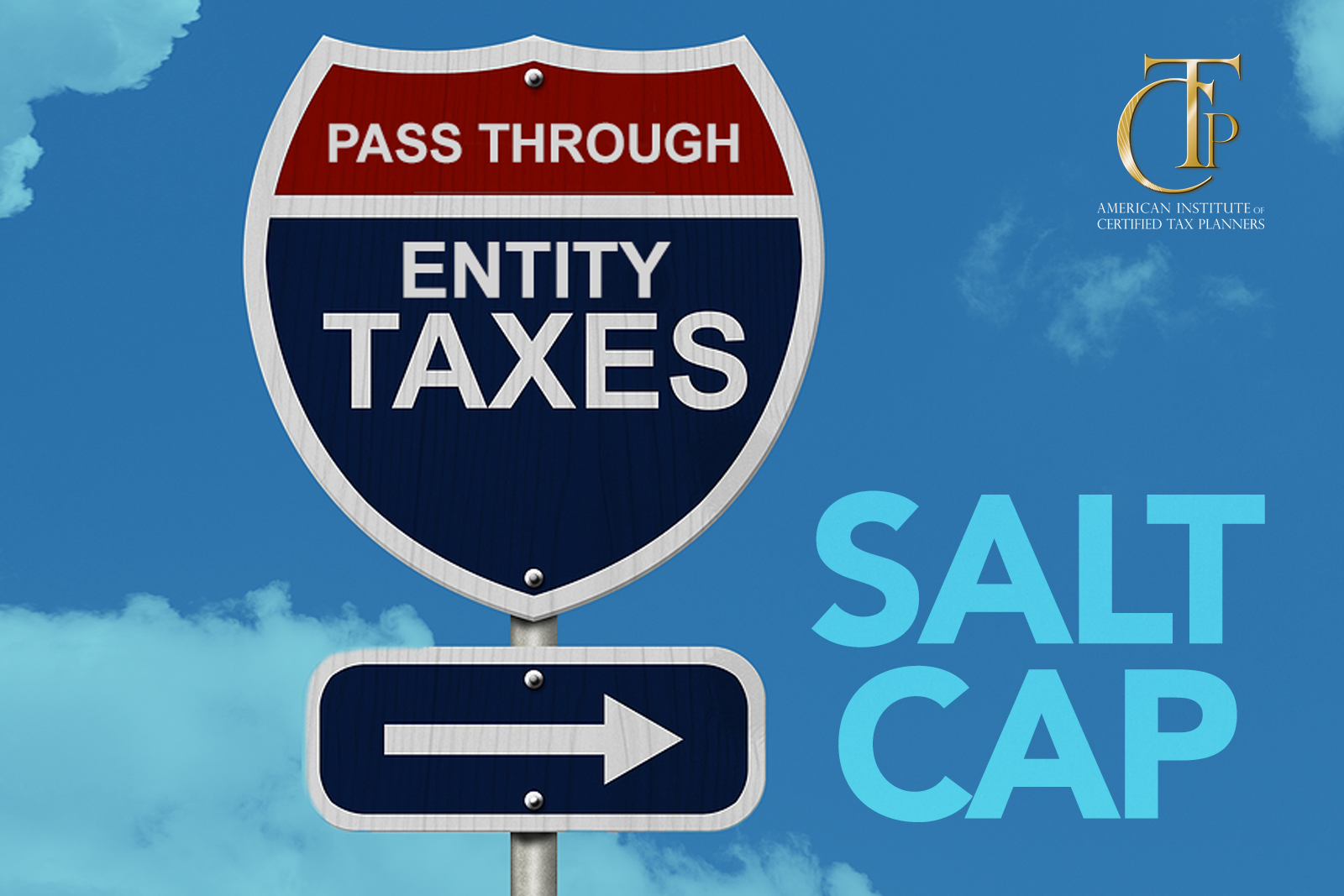The Tax Cuts and Jobs Acts (TCJA) of 2018 stirred up mixed responses by introducing a $10,000 cap on state and local tax (SALT) deductions for individual taxpayers. However, since the legislation did not include a limit for businesses, the states most impacted by the SALT cap have leveraged this as a workaround for their constituents. This led to the introduction of a pass-through entity (PTE) tax, which allows S corporations, LLCs, partnerships, and sole proprietorships to pay their state tax at the entity level. This enabled participants to sidestep the $10,000 cap.
As of today, 19 states have enacted pass-through entity taxes. Prior to TCJA, many states did not have a PTE tax or the tax rate was much lower. When states began to propose workarounds to the SALT limitation, the IRS did not approve most of the proposals, except one—Notice 2020-75, which removed the state tax deduction from Schedule A as an individual deduction and allowed the taxpayer to then receive a state tax credit. For instance, Connecticut provides a state tax credit covering 87.5% of taxes due.
Let’s review a little more closely how the pass-through entity tax works. First, we should note that the PTE tax is elective, so taxpayers opt in rather than being required to pay it based on their circumstances. Again, the key is that the state tax is paid on the business level to avoid the SALT limits placed on individual taxpayers, so the PTE tax must be paid with the entity’s bank account, even if that means the individual advances money into the company to pay the tax. Under Internal Revenue Code § 62, the PTE tax becomes a business deduction and reduces the entity’s ordinary taxable income and therefore reduces their federal taxes.
In exchange for this taxpayer benefit, most states charge a higher state tax rate to raise a little extra revenue for themselves. So the question the taxpayer needs to ask is whether a SALT deduction is worth paying a slightly increased state tax rate.
Another question is whether a taxpayer can take advantage of the PTE tax workaround if they are only involved in passive business activities or investment partnerships. Is it possible to use a limited partnership to create a net loss and bypass the SALT deduction limit on Schedule A? Since passive or non-material participation is decided at the individual level, their activity is not marked on a Schedule K-1 where partners in a pass-through entity would report their income, losses, and dividends. If we look at Code § 469 on passive activity loss limitations, partners in a partnership that is only organized to earn portfolio income would not qualify because passive activity rules do not apply to them. Otherwise, the IRS has not provided guidance on passive participation, so until they do, if state level tax deductions create net pass-through loss, the taxpayer would need to apply the material participation rules to determine to what extent they can deduct that loss.
The states that have passed a type of pass-through entity tax legislation are Alabama, Arizona, Arkansas, California, Colorado, Connecticut, Georgia, Idaho, Illinois, Louisiana, Maryland, Minnesota, New Jersey, New York, Oklahoma, Oregon, Rhode Island, South Carolina, and Wisconsin. Some of these states have issued guidance and deadlines for shareholders to claim their share of the PTE tax credit, so taxpayers will need to check on the specific carryover rules and the deadlines in place in their area.
To learn more about assessing the viability of a pass-through entity tax election and how to guide clients to the best tax strategy, enroll in our course to become a Certified Tax Planner.





